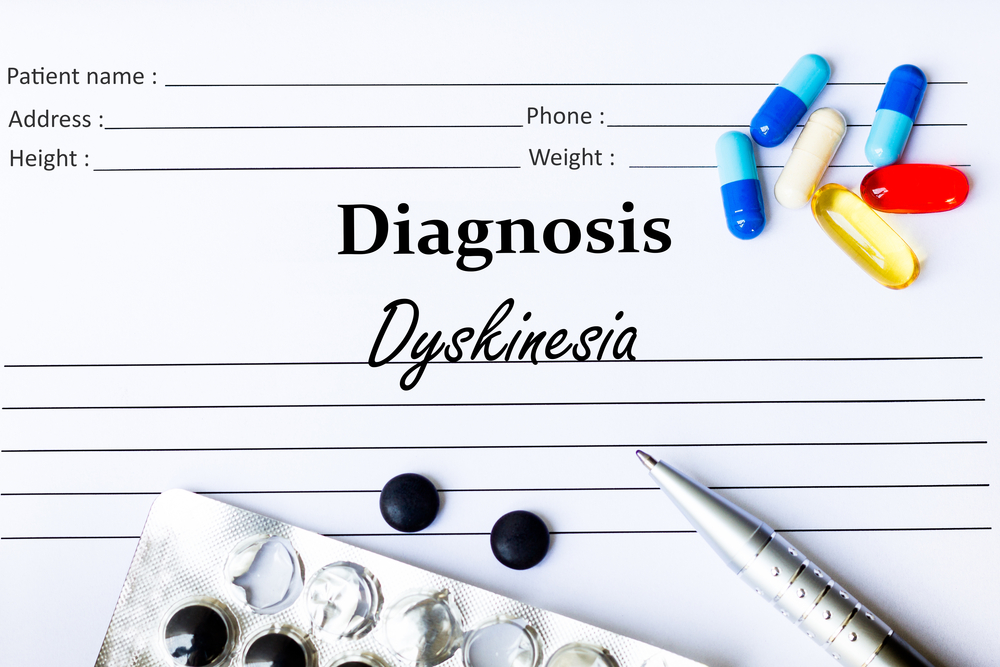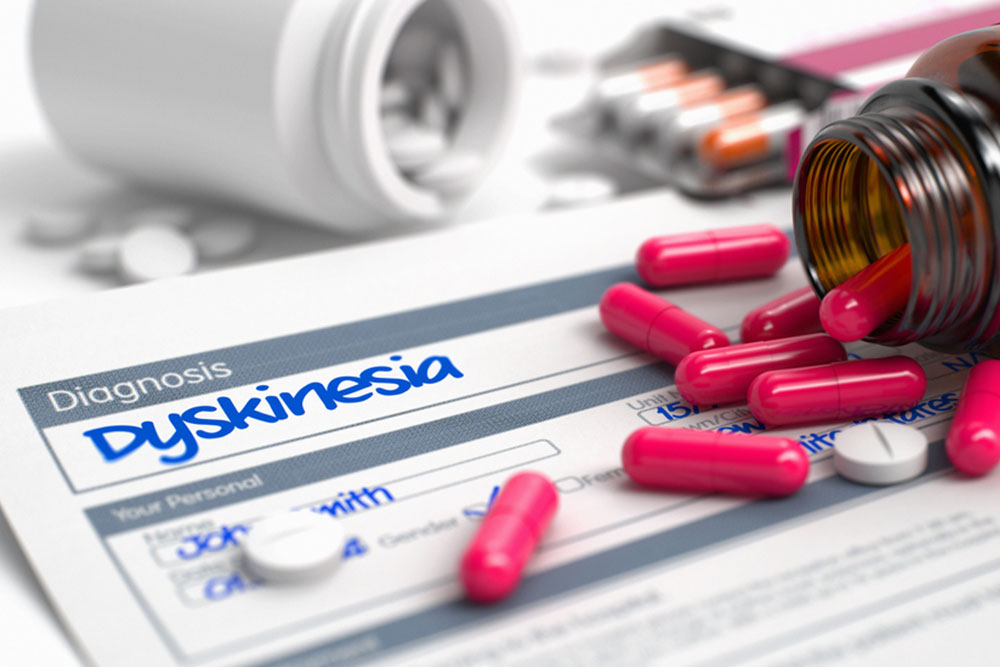Comprehensive Guide to Dyskinesia: Causes, Symptoms, and Effective Treatment Strategies
This comprehensive article explores dyskinesia, a movement disorder often associated with Parkinson’s disease. It covers its causes, symptoms, progression, and modern treatment options, including medication management and surgical procedures. Understanding these aspects helps patients and caregivers better manage this challenging condition and improve quality of life through effective therapies and ongoing research. The article emphasizes the importance of early detection, personalized treatment plans, and advances in neuroscience to reduce involuntary movements and enhance patient well-being.

Comprehensive Guide to Dyskinesia: Causes, Symptoms, and Effective Treatment Strategies
Dyskinesia is a complex neurological condition characterized by involuntary, often unpredictable movements that can vary significantly in severity. These movements, which include muscle twitching, jerks, or abnormal postures, can be mild and barely noticeable or severe enough to interfere with daily activities. The affected individuals may experience repetitive, writhing motions or rapid muscle contractions that can involve any part of the body, including the face, limbs, and trunk. As a progressive disorder, dyskinesia often appears as a complication in patients suffering from Parkinson’s disease, and its management requires a nuanced understanding of its causes, symptoms, and available treatments.
Understanding dyskinesia is essential, especially for those diagnosed with Parkinson’s or other neurodegenerative diseases, as the condition directly impacts quality of life and daily functioning. This guide explores the underlying causes of dyskinesia, its common symptoms, how it develops over time, and the most effective strategies for managing it through medication and other therapeutic approaches.
What is Dyskinesia?
Dyskinesia refers to abnormal involuntary movements that can manifest in numerous forms. These include chorea (rapid, jerky movements), dystonia (sustained muscle contractions leading to abnormal postures), and athetosis (slow, writhing motions). The severity and nature of dyskinesia vary among individuals, influenced by the underlying neurological condition, medication regimens, and disease progression. Typically, dyskinesia is linked to disorders affecting the basal ganglia—a group of brain structures involved in controlling movement.
This condition is often observed as a side effect of long-term treatments for Parkinson’s disease, particularly due to prolonged use of levodopa, the primary medication used to replenish dopamine levels. Over time, however, the treatment itself can induce or worsen dyskinesia, leading to a challenging balance between symptom relief and side effect management.
Understanding the Causes of Dyskinesia
The primary cause of dyskinesia is an imbalance of neurotransmitters in the brain, especially dopamine. In Parkinson’s disease, the degeneration of dopamine-producing neurons in the substantia nigra results in decreased dopamine levels, impairing normal motor control. To compensate for this deficiency, medications like levodopa are administered to increase dopamine levels. However, chronic use of these drugs can cause the brain to adapt, resulting in fluctuating dopamine levels that can trigger dyskinesia.
Additional factors contributing to dyskinesia include genetic predispositions, the duration of disease, and the age at which treatment begins. Furthermore, disturbances in other neurotransmitter systems, such as glutamate and serotonin, may also play a role in the development of involuntary movements. Researchers continue to investigate these complex interactions to better understand how to prevent or minimize dyskinesia.
Recognizing the Symptoms of Dyskinesia
The symptoms of dyskinesia can be subtle or overt, making diagnosis sometimes challenging. Common signs include:
Cheek, lip, or tongue movements
Facial grimacing or grimaces
Involuntary jerking of limbs or trunk
Repetitive, writhing motions in the arms or legs
Abnormal postures or sustained muscle contractions
Patients often report that symptoms appear during medication peaks—times when drug levels in the bloodstream are highest—and tend to improve as drug effects diminish. Recognizing these patterns is crucial for adjusting treatment plans effectively.
The Progression and Impact of Dyskinesia
As Parkinson’s disease advances, dyskinesia symptoms typically worsen. Initially manageable with medication adjustments, severe dyskinesia can significantly impair mobility and cause discomfort or social embarrassment. It may also interfere with eating, speaking, and other essential daily functions, thereby affecting overall quality of life.
The progression of dyskinesia reinforces the importance of proactive management strategies. Without proper control, the involuntary movements can become disabling, underscoring the need for effective therapeutic interventions tailored to individual patient needs.
Current Treatment Strategies for Dyskinesia
Managing dyskinesia involves a multifaceted approach that aims to balance medication efficacy with minimizing side effects. Several strategies are employed by neurologists and movement disorder specialists:
Adjusting Medication Doses: Rapid fluctuations often stem from the timing of medication administration. Physicians may stagger doses or reduce the amount of levodopa to lessen peak-dose dyskinesia, while still controlling Parkinsonian symptoms.
Adding Adjunct Therapies: Drugs such as amantadine, particularly in extended-release formulations, have shown promise in reducing dyskinesia by modulating glutamate activity in the brain.
Deep Brain Stimulation (DBS): For severe cases, surgical interventions like DBS—implanting electrodes in specific brain regions—can markedly reduce involuntary movements and improve motor control.
Innovative Pharmacological Treatments: Emerging medications targeting different neurotransmitter systems are under research, aiming to provide better control with fewer side effects.
Supporting Lifestyle Adjustments: Physical therapy and occupational therapy can help manage symptoms and improve mobility, coordination, and overall well-being.
Future Perspectives and Ongoing Research
Advancements in neuroscience and pharmacology continue to drive innovative treatments for dyskinesia. Researchers are exploring gene therapy, neuroprotective agents, and novel drug combinations to prevent or reduce involuntary movements. Furthermore, improvements in deep brain stimulation technology and personalized medicine approaches aim to enhance patient outcomes and reduce side effects.
Understanding the complex interplay of neurotransmitters and neurodegeneration is crucial for developing next-generation therapies that can effectively manage dyskinesia while preserving quality of life for patients with Parkinson’s disease or related neurological conditions.
In summary, dyskinesia is a complex, often challenging complication of long-term Parkinson’s disease treatment. Its causes are rooted in neurochemical imbalances within the brain, especially involving dopamine. Recognizing symptoms early and adopting a comprehensive management approach—including medication adjustments, surgical options, and supportive therapies—are vital for improving patient outcomes. Continued research promises new hope and better solutions for those affected by this disabling movement disorder.





